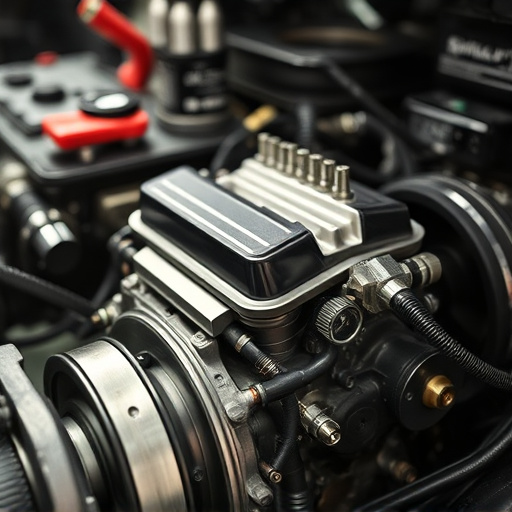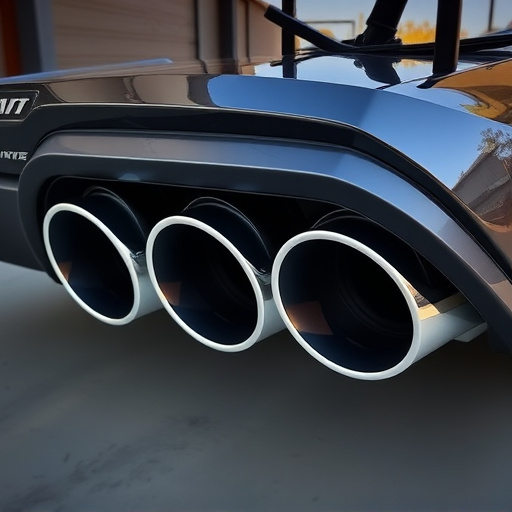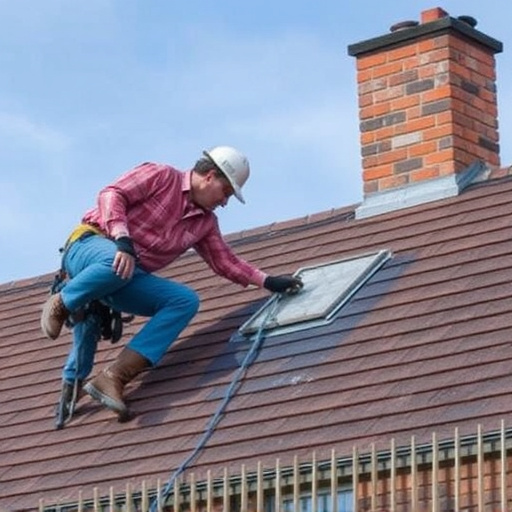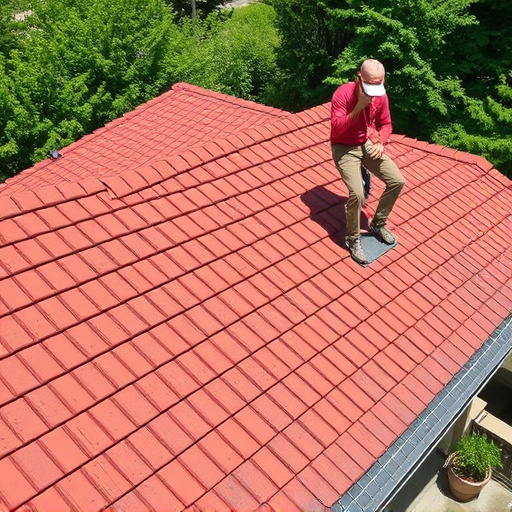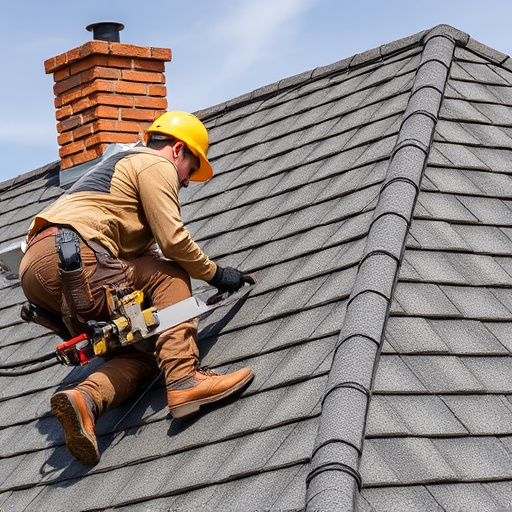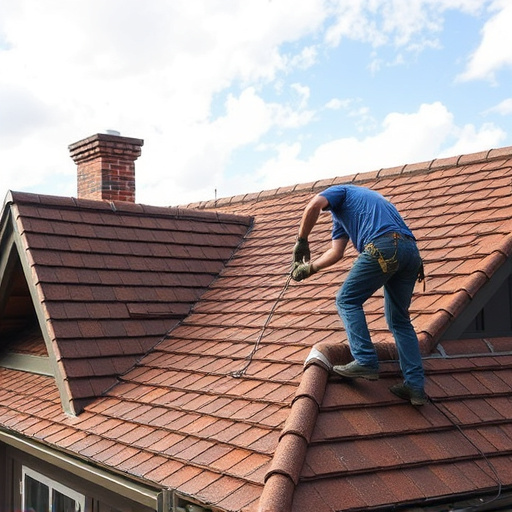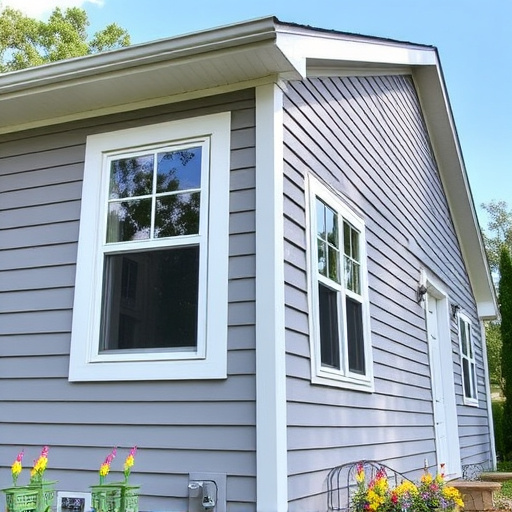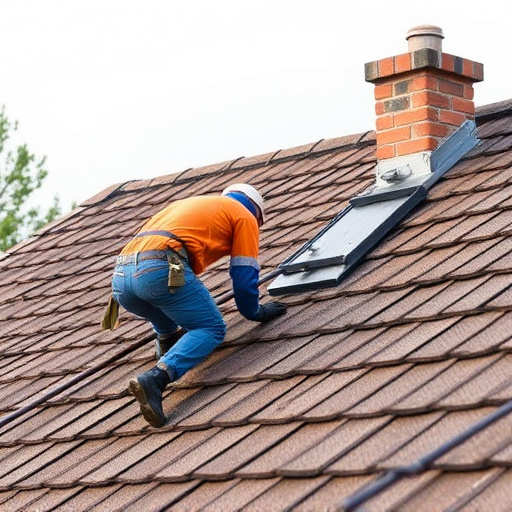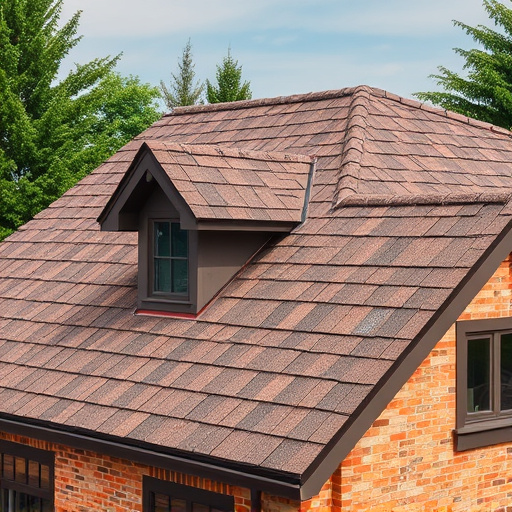Regular roof maintenance involves inspecting for loose or missing shingles, visible water damage, mold growth, and siding issues. Check for structural integrity, framing rot, and proper ventilation in the attic. Addressing these issues prevents costly repairs and ensures a secure home environment.
Identifying weak spots during regular roof maintenance is crucial for ensuring your home’s protection against the elements. This guide walks you through essential steps to assess your roof’s health. First, inspect for loose or missing shingles—a common sign of wear and tear. Next, look for water damage, as it can indicate leaks or structural issues. Finally, evaluate the integrity of your roof structure and framing, as these components are vital for maintaining a secure and weather-resistant barrier. Implement these checks during maintenance to safeguard your property.
- Inspect for Loose or Missing Shingles
- Look for Signs of Water Damage
- Assess Structure and Framing Integrity
Inspect for Loose or Missing Shingles

When performing roof maintenance, one of the first and crucial steps is to thoroughly inspect your roof for any loose or missing shingles. This simple yet effective check can reveal potential problems that might have gone unnoticed. As part of regular roof maintenance, climbing up and examining your shingles for any signs of damage or wear and tear is essential. Shingles that are loose or missing can be a result of extreme weather conditions, age, or poor installation, and they often signal more significant issues within the roofing system.
Not only do loose or missing shingles look unsightly, but they can also compromise the structural integrity of your roof. They create openings that allow moisture intrusion, which can lead to water damage, rot, and even mold growth. Promptly addressing these issues is crucial for maintaining the longevity of your exterior home improvements, including your roofing and siding, ensuring a secure and safe living environment.
Look for Signs of Water Damage

When conducting roof maintenance, one of the critical areas to focus on is identifying signs of water damage. Water intrusion is a common issue that can lead to significant structural problems over time. Look for any visible indications such as discolored or puffy shingles, which might suggest leaks. Check for mold growth, especially in dark, damp corners or along the roofline, as it often signals water penetration. Peeling or blistered paint on ceilings and walls is another red flag; it could indicate underlying moisture issues that require immediate attention.
Regularly inspecting your roof’s components, including siding and gutters, during maintenance is vital. Examine the siding for cracks, warping, or signs of rot, as these weaknesses can allow water to enter and compromise the overall integrity of your roof. Gutters play a crucial role in directing rainwater away from your home; ensure they are clean, undamaged, and securely attached to prevent overflow and potential damage to your roofing system.
Assess Structure and Framing Integrity

Before diving into any roof maintenance routine, it’s crucial to assess the structure and framing integrity of your home’s roofing system. Start by inspecting the attic for signs of water damage or mold growth, which could indicate leaks below. Walk along the roofline, looking for loose, missing, or damaged shingles or tiles. Check the flashing around chimneys and vents, as well as any seams or joints, for cracks or corrosion. These areas are common weak spots that can lead to significant problems if left unaddressed.
Additionally, examine the framing components, such as trusses or rafters, for signs of rot or structural weakness. Make sure all connections are secure and that there’s adequate ventilation in the attic space. Regularly maintaining these critical elements is not just about extending the lifespan of your roof; it also prevents costly repairs down the line, including potential roof replacement or siding installation.
Regular roof maintenance is key to identifying weak spots before they cause significant issues. By inspecting loose or missing shingles, signs of water damage, and assessing structural integrity, homeowners can ensure their roofs remain strong and secure. Don’t overlook these crucial steps – prompt action on minor issues can prevent costly repairs down the line. Keep your home protected with effective roof maintenance practices.

